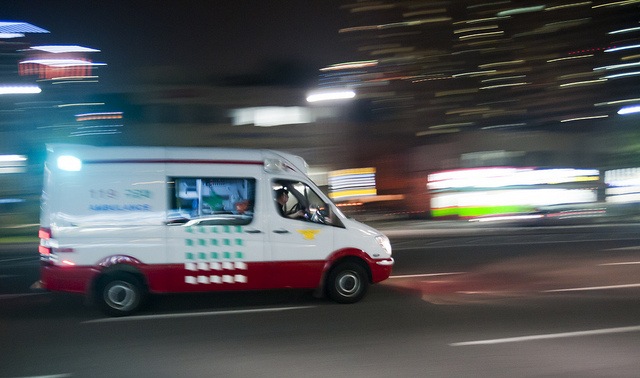
Report: Emergency overcrowd in Seoul and ambulance turnaround time
The aims of this study were to describe overcrowding in regional emergency departments in Seoul, Korea and evaluate the effect of crowdedness on ambulance turnaround time.
Methods – This study was conducted between January 2010 and December 2010. Patients who were transported by 119-responding ambulances to 28 emergency centers within Seoul were eligible for enrollment. Overcrowding was defined as the average occupancy rate, which was equal to the average number of patients staying in an emergency department (ED) for 4 hours divided by the number of beds in the ED. After selecting groups for final analysis, multi-level regression modeling (MLM) was performed with random-effects for EDs, to evaluate associations between occupancy rate and turnaround time.
Results – Between January 2010 and December 2010, 163,659 patients transported to 28 EDs were enrolled. The median occupancy rate was 0.42 (range: 0.10-1.94; interquartile range (IQR): 0.20-0.76). Overcrowded EDs were more likely to have older patients, those with normal mentality, and non-trauma patients. Overcrowded EDs were more likely to have longer turnaround intervals and traveling distances. The MLM analysis showed that an increase of 1% in occupancy rate was associated with 0.02-minute decrease in turnaround interval (95% CI: 0.01 to 0.03). In subgroup analyses limited to EDs with occupancy rates over 100%, we also observed a 0.03 minute decrease in turnaround interval per 1% increase in occupancy rate (95% CI: 0.01 to 0.05).
[document url=”https://www.emergency-live.com/wp-content/uploads/2015/06/journal.pone_.0130758.pdf” width=”600″ height=”780″]


